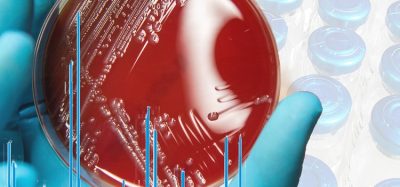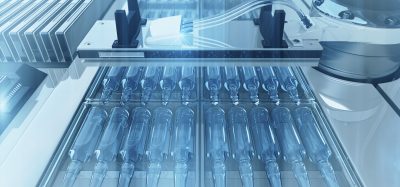Expert view: rFC as a continuation of historical LAL paradigms
Posted: 20 February 2020 | Hyglos-bioMerieux | No comments yet
Any envisioning of ‘the future’ of testing contains elements extrapolated from the past.
Any envisioning of ‘the future’ of testing contains elements extrapolated from the past. There are three main elements that predict a positive outcome for recombinant Factor C (rFC) that require very little extrapolation:
(i) the advent of biotechnology and the replacement of animal proteins via the cloning of the necessary animal genes (insulin, growth hormone, etc) and production in bioreactors via single-celled organisms has given us advanced medicines and cures for many diseases and thus serves as a successful paradigm for replacement
(ii) the specificity, sensitivity and expanded utility of using rFC methods has already been demonstrated
(iii) the continued use of horseshoe crabs as harvested from limited geographical locations is not sustainable, and pharmaceutical manufacturers will want to prepare for such a change.
It is important to view rFC as a continuation of the LAL testing paradigm. Since the initial exploratory use of LAL for radiopharmaceutical testing,1 the past 50 years have established several widespread paradigms including:
(a) use of the LAL test to supplant the rabbit pyrogen test (RPT) as a method of precluding fever reactions in patients subject to injectable drug treatments. The detection of “all pyrogens” was not a particularly sensitive or relevant target for injectable drugs as drugs are a product of water-based manufacturing where GNB are the predominant contaminant.
(b) initially, quality control consisted of the end-product testing of finished drugs only. With the advent of a convenient in vitro test, LAL has rapidly taken over the task of testing; over the years testing has expanded from end-point only to raw material, in-process, purified waters as well as end-point release testing. This increased test coverage of the entire manufacturing process has brought about a vast increase in the microbiological safety of drug products.
(c) the rise of test volume (both domestically and globally) has been paralleled by a demise in the reagent source. Horseshoe crabs on the US eastern seaboard (Limulus) are listed as “vulnerable” and those in Asia (Tachypleus) are now listed as officially “endangered”. While most agree that biomedical bleeding has not been the cause of such a demise, industry must still address the fact that sustainable methods are needed to replace LAL testing.
A new paradigm change that has occurred most recently is the advent of “ease of use” testing. The LAL test began as a fairly user-intensive effort that included manually inverting reaction tubes for gel clot testing and has transitioned to first, semi-automated kinetic testing where absorbance is monitored over time without further user intervention, and finally, to configurations in which test standards and reagents are combined in a single prepackaged unit (cartridge and precoated plate testing). Each paradigm change has aided the pharmaceutical industry by making product contamination events rare.2
Today, there is an expectation that, for sustainability reasons, global pharmaceutical companies should explore the use of rFC in routine testing of purified water, raw materials, components and finished drug products. The US Food and Drug Administration (FDA) has been receptive to such a change, as seen in the recent approval of the first drug to be released using rFC testing. Many global companies also continue to pursue raw material, water and component testing using rFC.
There are some in industry that worry about the legacy of LAL; however, the uptake of recombinant methods should be viewed as a fulfillment of that legacy rather than an affront to it, just as the change from animal-sourced medicinal proteins, such as recombinant human insulin, was not an affront to early efforts (animal-derived insulin) to treat disease. Indeed, the biotechnological revolution is a direct response to the recognised utility of natural proteins.
Kevin Williams, bioMérieux


References
- Cooper, Levin, Wagner. New rapid in vitro test for pyrogen in short-lived radiopharmaceuticals. J. Nucl. Med. 1970; 11:310.
- Endotoxin-like reactions associated with intravenous gentamicin- California, Morb. Mortal. Weekly Report, 1998, 47(41); p. 877-880.









